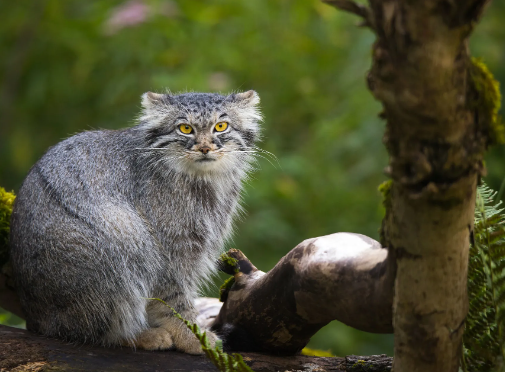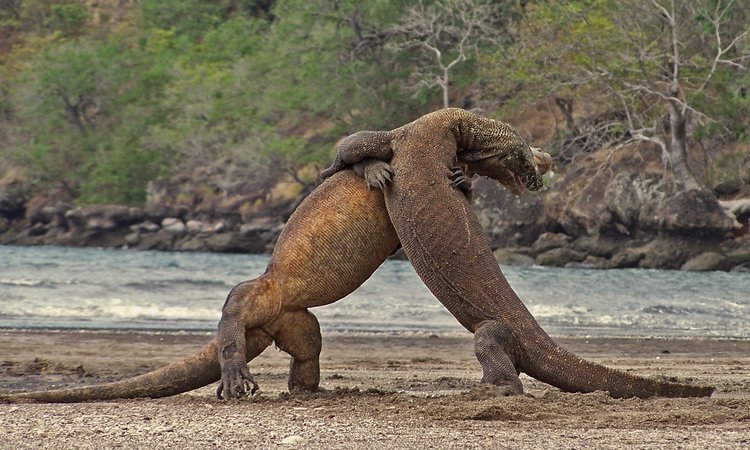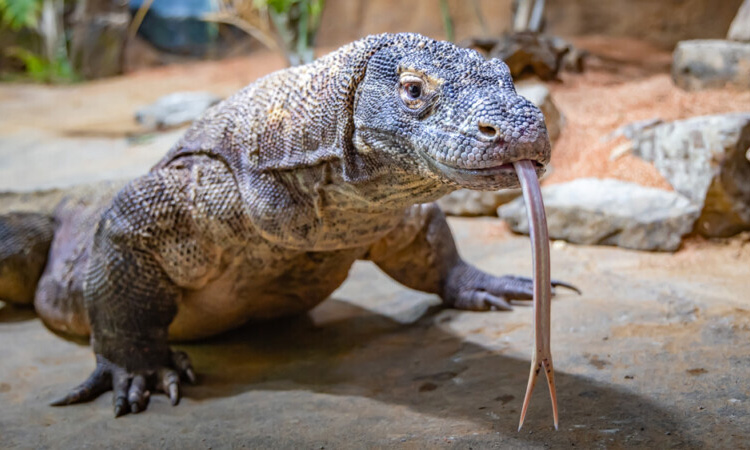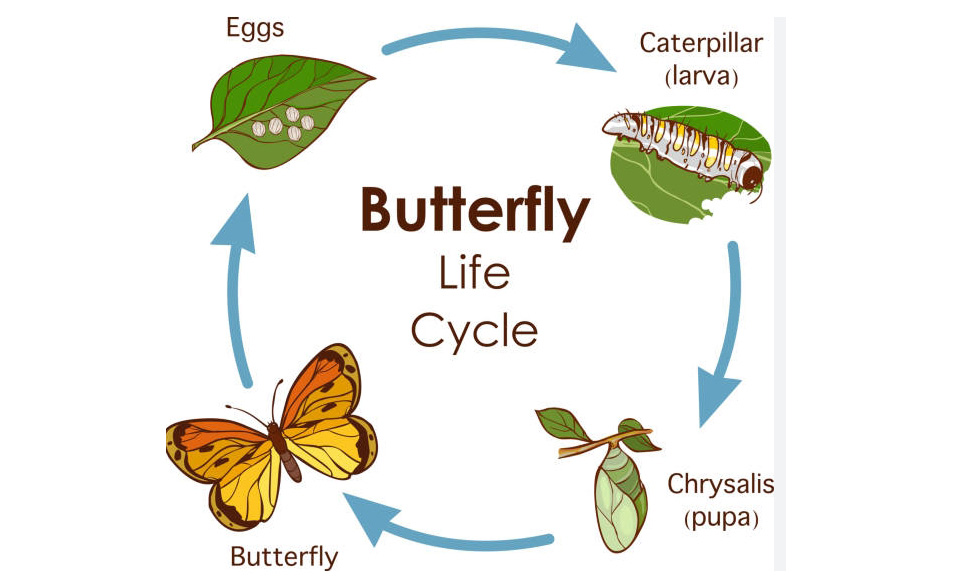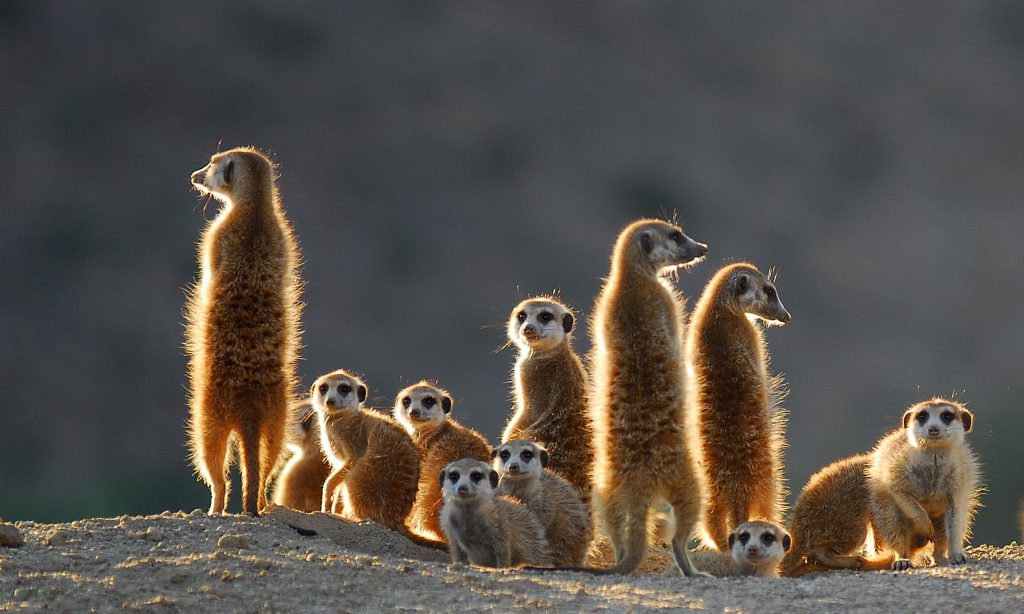Wild Cats: Nature’s Majestic Hunters
Wild cats are some of the most fascinating creatures on our planet, embodying both beauty and ferocity. From the sleek cheetah to the elusive snow leopard, these animals play crucial roles in their ecosystems and captivate the human imagination. Understanding wild cats not only enhances our appreciation for nature but also emphasizes the importance of conservation efforts to protect these incredible species.
The Diversity of Wild Cats
There are over 40 species of wild cats, each adapted to their unique environments. From the African savannahs to the dense forests of the Americas, wild cats display a remarkable range of sizes, habits, and hunting techniques. The largest, the Siberian tiger, can weigh up to 600 pounds, while the small, agile serval thrives in grasslands with its remarkable jumping ability to catch birds. This diversity enriches our ecosystems, contributing to the balance needed for various species to thrive. As apex predators, wild cats help regulate prey populations, which is essential for maintaining healthy ecosystems.
Conservation Challenges
Despite their importance, many wild cat species face severe threats due to habitat loss, poaching, and climate change. Species like the Iberian lynx and the Amur leopard are critically endangered, with only a few hundred individuals remaining in the wild. Conservation efforts are underway, focusing on habitat protection, anti-poaching initiatives, and breeding programs to help stabilize populations. Supporting wildlife conservation organizations can play a vital role in these efforts, ensuring that future generations will have the opportunity to witness these magnificent animals in the wild.
Human-Wildlife Interaction
As urban areas expand, interactions between wild cats and humans become more frequent, leading to various challenges and opportunities. In rural communities, wild cats can sometimes prey on livestock, prompting conflicts with farmers. However, educating communities about coexistence strategies—like building protective enclosures or using non-lethal deterrents—can foster a more harmonious relationship with these wild inhabitants. Additionally, wildlife tourism can provide economic incentives to protect wild cat habitats, highlighting the importance of preserving these species for not only ecological balance but also cultural and economic benefits.
In Conclusion
Wild cats are vital to the health of our ecosystems and provide an awe-inspiring glimpse into the wild. By learning about the diverse species, their conservation challenges, and the interactions they have with humans, we can become better stewards of the natural world. Take the time to explore more about wild cats—visit a local wildlife reserve, read conservation articles, or support efforts aimed at protecting these beautiful creatures. Your engagement can make a difference!
